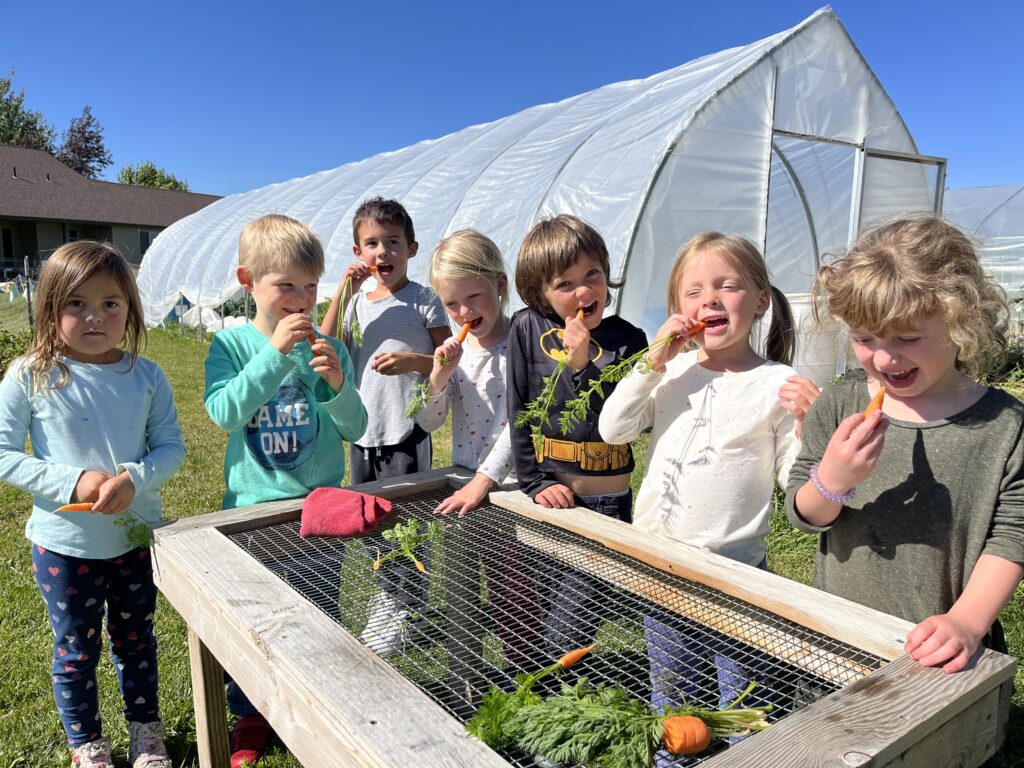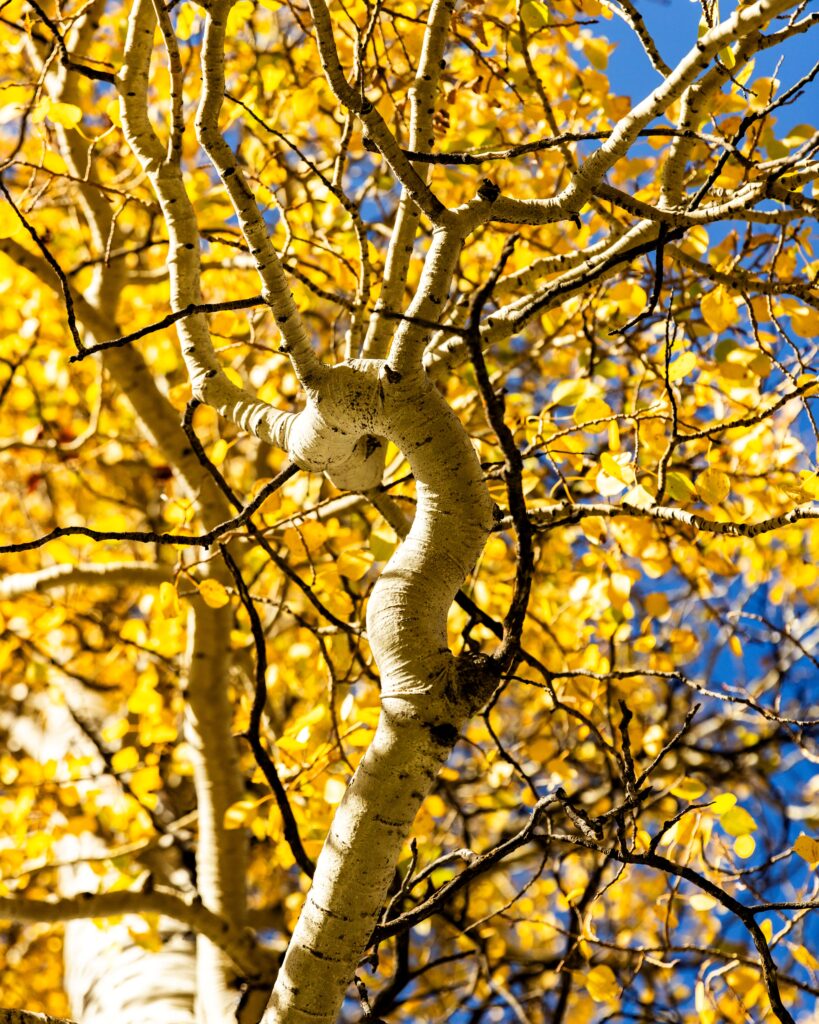Rooted in Place, Growing with Purpose: Mountain Academy’s Teton Valley Campus

Tucked in the middle of Victor, Idaho, the Mountain Academy Teton Valley Campus is more than just a school; it’s a learning community rooted in curiosity, compassion, and a deep connection to place. As we participate in this year’s Tin Cup Challenge, …
Curiosity Grows Here: Discovery Sessions at the Jackson Hole Farmers Market

Explore the Roots of Our Local Food System All Season Long
This summer, Teton Science Schools is thrilled to partner with the Jackson Hole Farmers Market Alliance to bring Discovery Sessions to the market every week! …
Front Porch Concerts and Conversations Return to The Murie Ranch This Summer

Teton Science Schools is proud to present the 2025 season of Front Porch Concerts and Conversations at the historic Murie Ranch, a celebration of music, dialogue, and connection nestled in the heart of Grand Teton National Park. …
Emerging Educators Lead the Way at Wyoming Rural Teacher Corps Capstone Fair

Last month, the University of Wyoming College of Education hosted the annual Capstone Fair for the Wyoming Rural Teacher Corps, an inspiring event that showcased the work of second- and third-year corps members preparing to teach in Wyoming’s rural communities. …
Mountain Academy Jackson Campus Announces 2025–26 Faculty Team

FOR IMMEDIATE RELEASE
Jackson, Wyoming—Mountain Academy of Teton Science Schools is pleased to share a first look at the 2025–26 faculty team at the Jackson Campus. We are thrilled to welcome several outstanding new educators and celebrate the return of experienced faculty members who bring passion, …
Celebrating Three Years of Place-Based Learning in the Crowsnest Pass

Horace Allen and Isabelle Sellon Schools, located in Alberta’s Crowsnest Pass, wrapped up a three-year, grant-funded partnership with our Professional Learning Team this May. Since November 2022, teachers from both schools have been working alongside us to bring place-based education more deeply into their daily classroom practices. …
Yellowstone Awaits

Imagine the freedom to explore Yellowstone National Park at your own pace, with a dedicated expert naturalist to guide you. June is a spectacular time to witness the park’s awakening- the wildlife are active, the wildflowers are blooming, …
Why Dawn & Dusk?

Sunrise and sunset are particularly rewarding times for animal observation in Grand Teton National Park, which is why we offer half-day sunrise and sunset tours. Many of the park’s iconic animals, such as moose, elk, …
Bringing the Place Network Together

Written by Sharon Laidlaw, Director of Place Network
In April, more than 30 educators from across the U.S. and Canada gathered in the Tetons for the Place Network Spring 2025 Conference. We saw place-based learning in action, …
Why Outdoor Summer Camps Are Essential for Kids’ Health, Learning, and Happiness

Rediscovering Wonder: Why Outdoor Summer Camps Matter More Than Ever
In an age when childhood is increasingly defined by screens, schedules, and indoor spaces, stepping outside has become revolutionary. Summer camp offers more than fun and games, …

